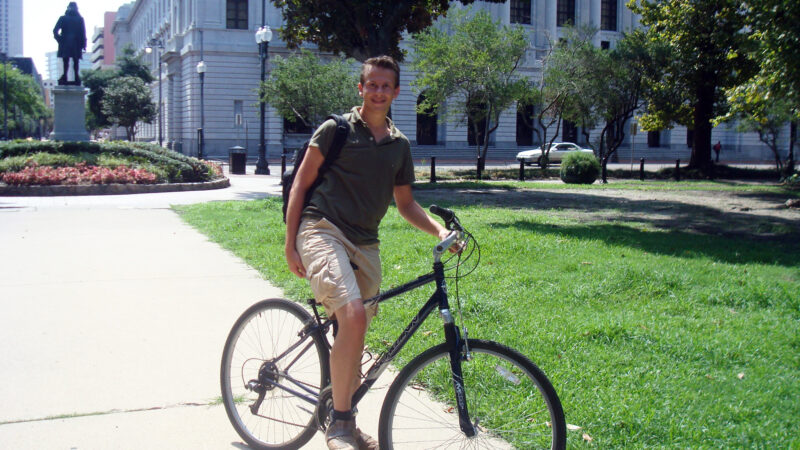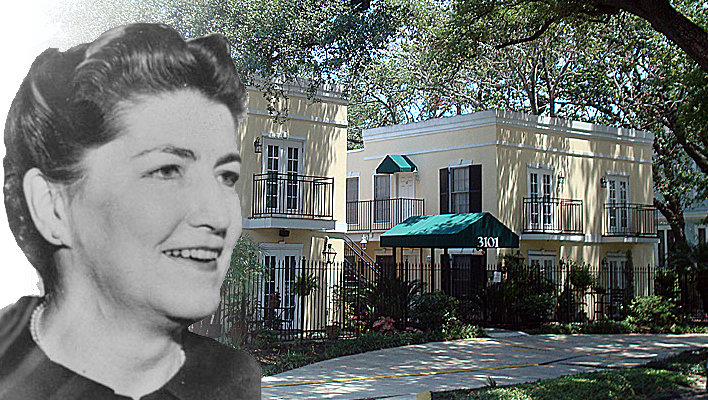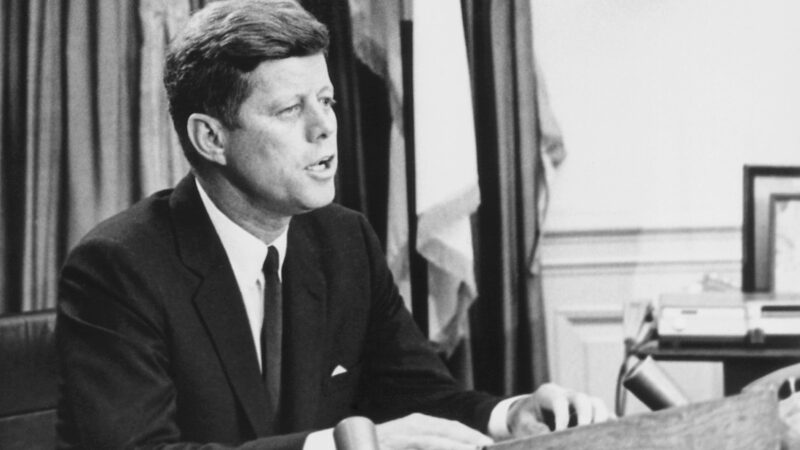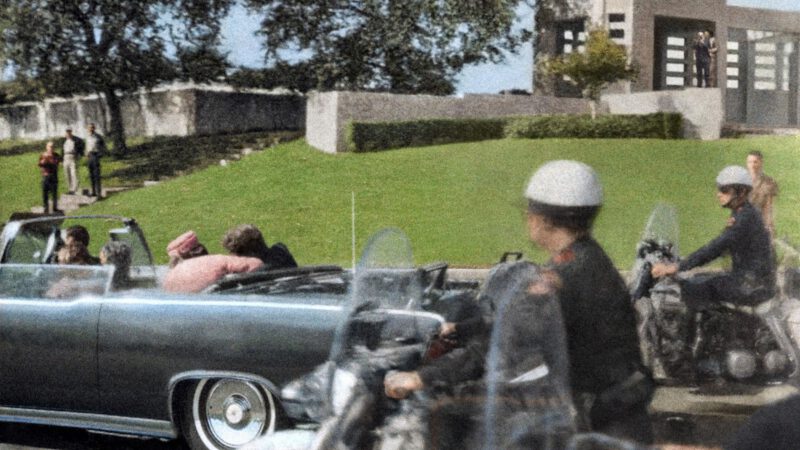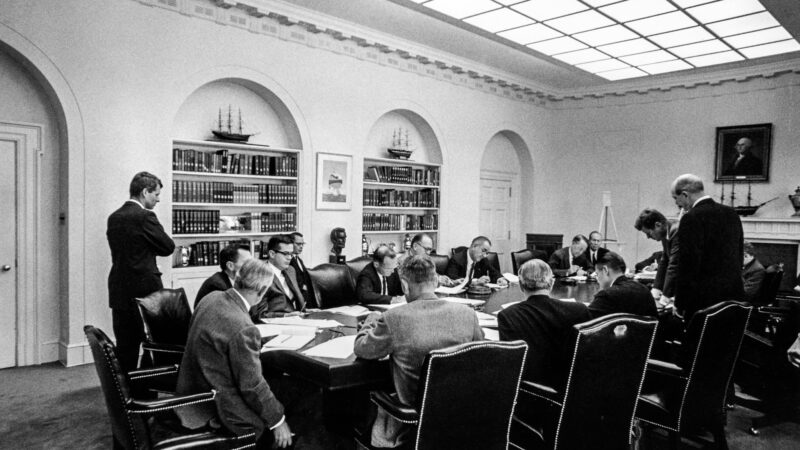Back to Magazine Street
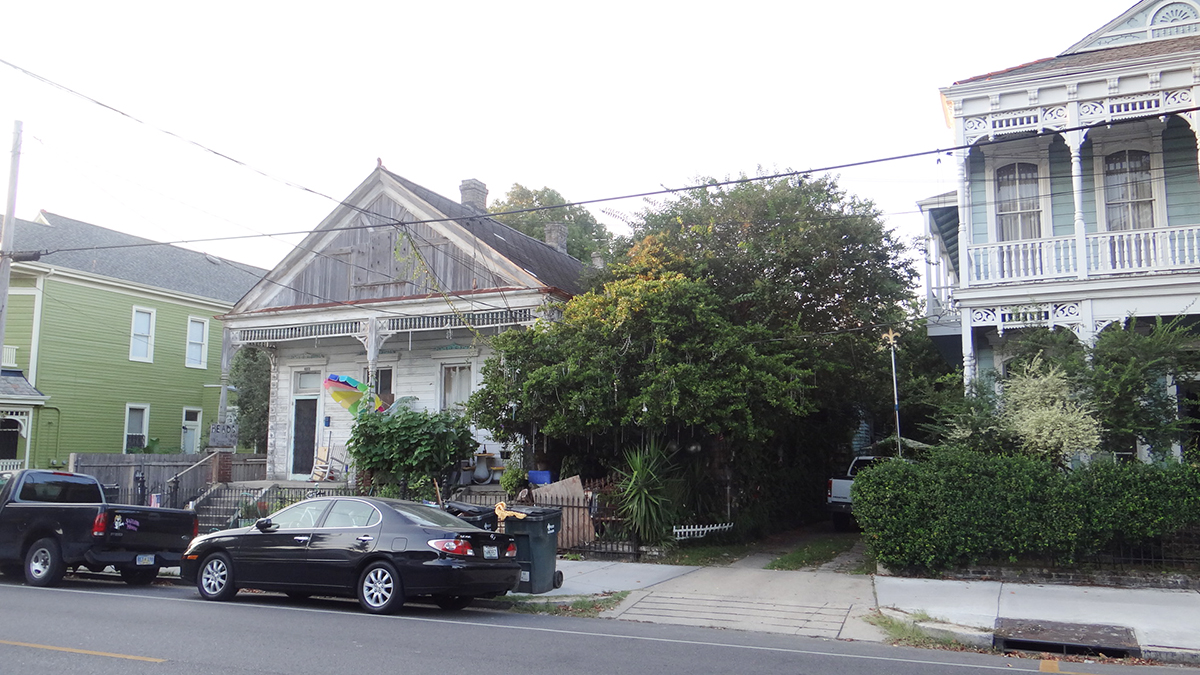
I was in New Orleans twice, in the summers of 2009 and 2013. For various reasons, of course, as the city has a lot to offer and is rightfully one of the tourist attractions in the country. On both occasions, I had a less conventional purpose than the average traveler. In a small rental house on Magazine Street, in Uptown New Orleans, Lee Harvey Oswald lived with his young family in the summer of 1963. Rent: sixty-five dollars per month. Oswald was 23 years old and would be arrested a few months later for the murder of John F. Kennedy.
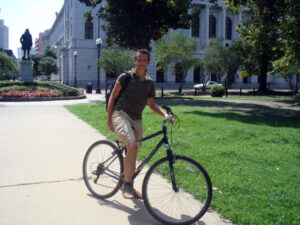
It was hot on Saturday, July 18, 2009. The day before, CNN reported the death of Walter Cronkite, the famous news anchor who had informed America 46 years earlier that their president had died. In a pub on Loyola Avenue, an old-fashioned television displayed various highlights from Cronkite’s life, including the famous black-and-white images from 1963. The next day, I rented a bike near the hotel where I was staying, right in the famous French Quarter. My goal that day: to visit all the places that were important to Oswald that summer in 1963. Where he worked, for example, and where he distributed pro-Castro flyers – leading to a confrontation with political opponents and an arrest. Oswald was released after paying a ten-dollar fine. Sixty years later, this remains a fascinating period surrounded by mysteries. New Orleans plays a significant role in all the efforts of those involved in investigating Kennedy’s assassination. My first book on the assassination had been published a year earlier (I would later write a second one, see here), and on this day, I would finally visit places where I had spent many hours researching behind my computer 4,800 miles away from the largest city in Louisiana (population: approximately 384,000).
I hopped on my bike and headed west, right through the French Quarter and the Warehouse District, where you can find the fantastic National World War II Museum – a place I would visit the next day, and it must have become even better since 2009. In Lafayette Square, I had a photo taken (see above) by a sporty young man with a bare torso. A silver cross hung around his neck. After he took a photo of me sitting on my bike, I took one of him. Details like the cross are not retrieved from my memories. I quickly cycled along Magazine Street, a street over eight and a half kilometers long. I passed houses from the late nineteenth century, many of them in a neglected state. There were also many antique shops, clothing boutiques, restaurants, and bars. Bus 11 passed by; the bus Oswald took to his job at Reily Coffee Company.
I had about twenty more minutes of cycling on Magazine Street to reach the address that interested me the most that Saturday: 4905 Magazine Street, near the intersection with Upperline Street. Lee Harvey Oswald’s furnished apartment was supposed to be here. What I found: a dilapidated building divided into two houses, with a typical American porch where a lot of clutter and an old two-seater were stored. It didn’t particularly invite, but at least both houses were inhabited. That didn’t seem to be the case for the building to the right of the semi-detached one; I could even take a photo through a hole in the front door. Too bad because it must have been a beautiful house at some point with a characteristic balcony with a balustrade with white spindles.
What’s strange is that I get confused. Where exactly did Oswald live? The semi-detached house has two house numbers: 4907 and 4911. Where is 4905? A sign on the uninhabited building says 4901. It seems like Oswald’s residence has been taken out of the equation. Darn.
I took various photos and continued my way. I had a long day ahead of me on my bike, visiting many places in the city. My rear tire would burst two more times, making the day even more intense. I walked many kilometers with a defective bike under the blazing sun.
Back home, I investigated the mystery of house number 4905. Clarity came quickly: I had been foolish and should have looked more carefully. In the summer of 2013, I returned. My wife and I had a rental car at our disposal, and the first thing we did in New Orleans was take a drive to Magazine Street. I took the photo above this article.
In 2009, I didn’t notice the small house on the right side of 4907, a small apartment almost entirely concealed from view by a fence and a tree with many leaves. On the street, I spoke to Harold Cavilliere, the elderly owner of the house at number 4911. Too bad I hadn’t met him four years earlier. “Yes, that’s the house where Oswald lived. My daughter owns it now. It’s a kind of ‘shotgun house’: not that big.” A shotgun house is a well-known phenomenon in the southern states of America: a narrow, elongated log cabin with rooms situated one after the other.
Harold Cavilliere, a World War II veteran, is known in the neighborhood for his weekly Saturday garden sale. He kindly allowed me to take photos behind the foliage. His daughter wasn’t home, so I didn’t get a chance to look inside. I did a search on Google, ten years after our meeting. He passed away in 2020.
In 1963, Oswald rented the apartment from Jesse James Gardner, a taxi driver who lived at 4911 – the address where Harold Cavilliere lived in my time. Gardner spoke about his former tenant with the government commission investigating JFK’s murder, the famous Warren Commission:
“Number 4911 Magazine Street consists of one-half of a house located at 4905–11 Magazine Street. The other half of the house is divided into two apartments which go by the number 4905 and 4907 Magazine Street. Lee Harvey Oswald occupied the apartment known as 4905 Magazine Street from May 9, 1963, to on or about September 23, 1963. He paid a rental of $65.00 per month for the apartment, which was furnished, and was directly responsible to the utility company for payment of gas and electric bills.”
Further down:
“My wife called to my attention that Oswald had attached to the screen of his porch two hand circulars which read something to the effect that the United States should lay hands off Cuba. (…) I told him that I objected to them and that I was the only person who had to object to them. Oswald then took them down without further comment and the subject was never mentioned between us again.”
And finally:
“I never personally observed anyone visit Oswald or his family during the time they lived at the above address. Oswald never seemed to respond to greetings from me and seemed to be an unfriendly type of person.”
Remarkably, Oswald used the wrong address when registering at the library in New Orleans; his card said 4907 Magazine Street. He did this repeatedly, also at work and on the aforementioned flyers about the attitude towards Cuba. It would cause confusion for authorities and researchers for many years, as they wondered where he really lived. Even the Warren Commission eventually states that it must have been 4907. However, we now know for sure that it was the small apartment at 4905. Ruth Paine, a friend of Marina Oswald, the housewife, confirmed this shortly after Kennedy’s assassination. She was a friend who, along with her husband, had come from Minsk in 1962. Paine visited the Oswalds twice in 1963, including an overnight stay. She made a sketch of the living situation, a drawing that went down in history as Warren Commission Exhibit no. 403. Clearly visible are the screened porch and the side entrance of 4905.
When he lived here, Lee Harvey Oswald reportedly frequently visited two bars. I visited both of them during my second visit to the city.
Henry’s Uptown Bar has been at 5101 Magazine Street since 1900, two blocks away from Oswald’s rental home. Older regulars vividly remember Oswald’s erratic behavior, I read somewhere online. Essayist Nathaniel Rich: “In August 1963, shortly after he was arrested for distributing ‘Fair Play for Cuba’ pamphlets on Canal Street, he showed up and asked the bartender – Henry – to put the news on the TV. Henry refused: the TV was only for sports. Oswald stormed out in anger. Henry shrugged.” The bar is larger in 2013 than it was in 1963. There’s no shortage of decorations on the walls here; I see various front pages of historical events. One thing hasn’t changed over the decades: people were still watching games on the TV screens during my visit.
Le Bon Temps Roule is another bar on Magazine Street, also close to the residence. Oswald was reportedly frequenting this place a lot in the summer of 1963. Interestingly, there is even a plaque screwed onto the bar at Oswald’s favorite corner. In 2013, I took a photo of a nearly unblemished metal plate; I see on the internet that the name is almost unreadable now because people have scratched it a lot. Lee Harvey Oswald is slowly being erased from local history, a dark page in the history of Magazine Street.
Did Oswald really visit these bars often? Pub owners make optimal use of this fact in their publicity, and can you blame them? However, a story is quickly invented. Oswald was a loner, and he wasn’t known for having a thick wallet. It’s entirely possible that he never set foot in the local bars. We’ll never find out. But the mystery of my first visit has been unraveled. Oswald didn’t live behind one of the two front doors clearly visible from the street. Anyone standing in front of them must take a few steps to the right.
It is 2023, and I look at Google Streetview. I see beautiful, recently neatly painted houses in this block of Magazine Street. The semi-detached house looks brand new, the residences have been combined, and a lawyer is now located there. Even the uninhabited house at 4901 looks like it was completed a month ago, with a real estate agent’s sign in the yard. The situation is unrecognizable. Who knows, maybe I can still take a look inside. I would be willing to make a third trip to New Orleans for that.
Links:
Some photos from my visit to the house in 2013 on this page
My photo series on the July day in 2009 on this page

